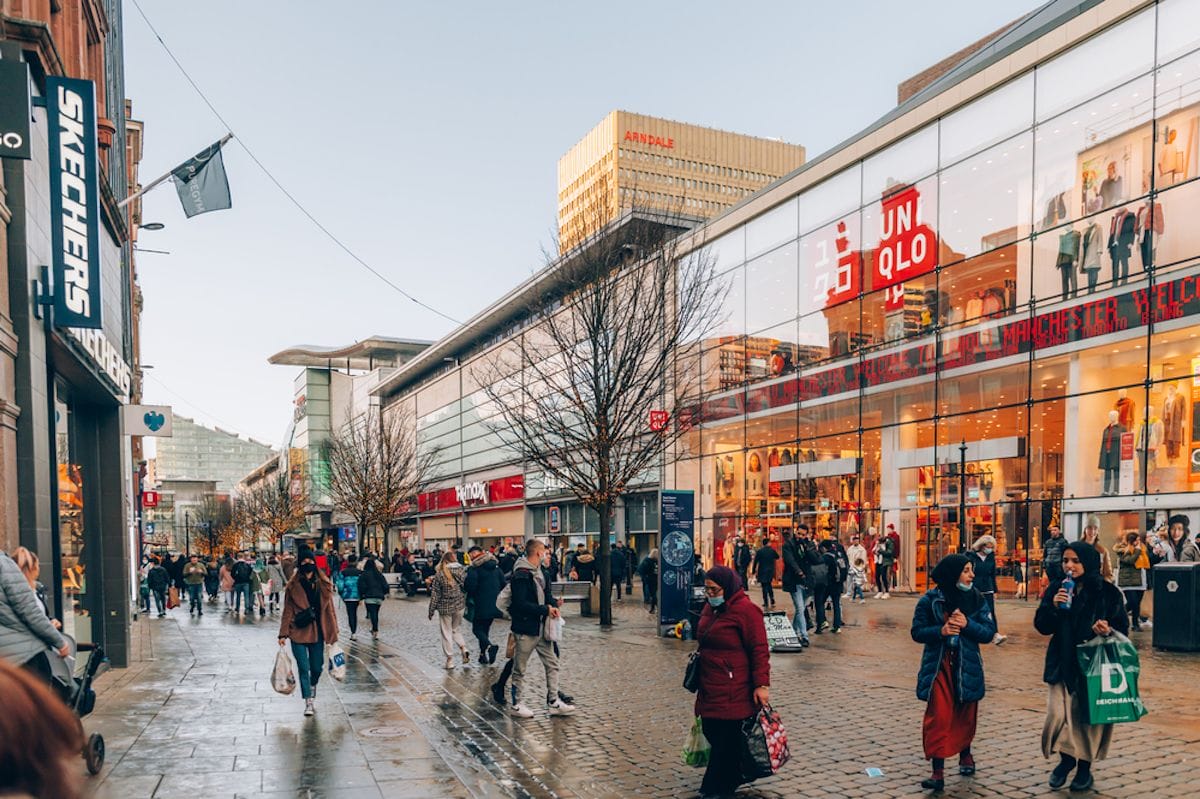As a nation, we love to wring our hands in despair over what is happening to the high street.
This isn’t a new thing. While today we worry that online retailers are destroying the high street, we were already banging on 25 years ago. Then, we feared that out of town superstores were destroying the high street.
The fears are not without foundation in either case. Out of town stores did harm high streets, in the same way that cheap flights to Spain harmed resorts like Margate – by offering an attractive alternative to a tired product. Online sales are reducing those in all physical stores too, as many shoppers prefer to sit on the sofa rather than go to the shops.
We have to face facts. People want the convenience and ease of online orders. They want the free parking of out of town superstores, rather than the expensive car parking on most high streets.
However, they also expect traditional high streets to be frozen in time, waiting for them to visit on a sunny bank holiday weekend for their fix of traditional shopping experiences. They can’t have it both ways. The phrase ‘use it or lose it’ could have been invented for our high streets.
But there are promising signs that retailers are recognising the conflicting demands on high street stores and working on ways to address them.
The Retail Bulletin: “Hollister to open new Soho store”.
Fashion brand Hollister has relocated its central London store to Fouberts Place, an attractive Soho Street just off the famous Carnaby Street.
New Statesman: “HMV is coming back to Oxford Street – music fans should rejoice”.
Meanwhile HMV is coming back to its spiritual home on Oxford Street – a site that kept local office workers entertained over decades of lunchtimes – with a new store format, based on its successful HMV Shop. This development has seen the brand trading well with a ‘fan-focused’ ethos that gives shoppers a reason to visit in person.
These high profile openings come amid a low-key reawakening of interest in high street locations from a number of retailers.
Marketing Week: “Why brands are banking on new store formats amid cautious return to the high street”.
B&Q, Ikea, Dobbies and a range of others – many retailers who would traditionally use out of town superstores – are trying out smaller, tighter product assortments in new high street store formats. They join retailers like Hotel Chocolat, again with experience-based formats, which are looking to expand.
The logic is clear. We increasingly work from home, so our local high streets are suddenly convenient again. They are often accessible on foot, so parking is less of an issue. We have become accustomed to using local convenience stores for top-up shops. Disused high street banks are being turned into shared office spaces for home workers who are going stir crazy.
People are in the high street again, and retailers want and need to be there to sell them things.
The key is that times change. The days of high streets with branches of Woolworths and Littlewoods are a thing of the past. What shoppers want now is leisure, browsing, experience and entertainment. One of the reasons that shoppers were so keen to abandon the high streets of the past – first for out of town stores, then for the internet – is that many old high street stores were boring and lazy.
Is high street retail dead? No, but boring high street retail is dead. The pressure is now on retailers to create stores that tempt shoppers to the local high streets with tailored, focused offers that resist the temptation to create ‘identikit’ high streets.
It could add up to some very interesting times for the retail sector.

